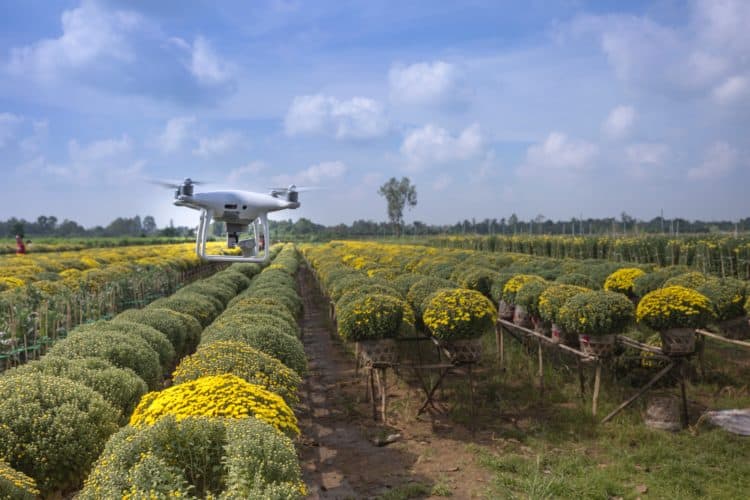By 2024, over 2 million farms and 36 million cattle will be connected. ABI Research’s Agriculture’s Digital Transformation – AgTech and Farming application analysis report highlights IoT-driven opportunities in the agricultural market including connected agriculture in field crops, tree crops, and livestock.
For field and tree crops, the primary driver for the introduction of connectivity and the IoT is not only to irrigate sufficiently but also to limit excess water application for usage efficiency and to align with government regulation.
For livestock, it is about collecting data relating to the health of the animals, including birthing activities, as well as knowledge of their whereabouts.
Across all agriculture sectors, the benefits are improved yields, a higher quality product, and greater insight for farmers to more efficiently manage their operations.
“Hi-tech systems involving drones are sometimes referenced when discussing the future of farming, but a drone’s primary function is to provide high-level aerial imagery, including strategic analysis of large areas to provide analytics on indices like chlorophyll content. While this is useful, it is time-consuming and can lack granular information. Ground-based sensor-based systems are more insightful and cost-effective for focusing solely on monitoring soil under the crops and animal behaviour. This is exactly the information farmers need to map out their plan of action to secure the optimum yield,” explained Harriet Sumnall, Research Analyst at ABI Research.
The technologies that will power IoT in connected agriculture will heavily rely on gateways and low-power wide area products. LoRa is increasing finding preference in supplier solutions, particularly for sensor-to-node connections.
The cost of connected agriculture system depends upon the number of sensors, with vendor pricing strategies ranging from a single upfront fee and an inclusive subscription to a data management platform (as with Sensoterra), to a zero upfront cost but a data subscription-only model (as with CropX). The former may be preferable for large farms, and the latter better for smaller ones.
He argued that the reasons for adopting IoT in agriculture are universal – cost reduction, improved productivity, and better profit margins are among the reasons for adopting IoT. “In general, however, there is a lack of education among farmers about the benefits of connected agriculture. This is a vital issue that vendors must continue to be active in remedying if Agricultural IoT is to succeed,” Sumnall concluded.



